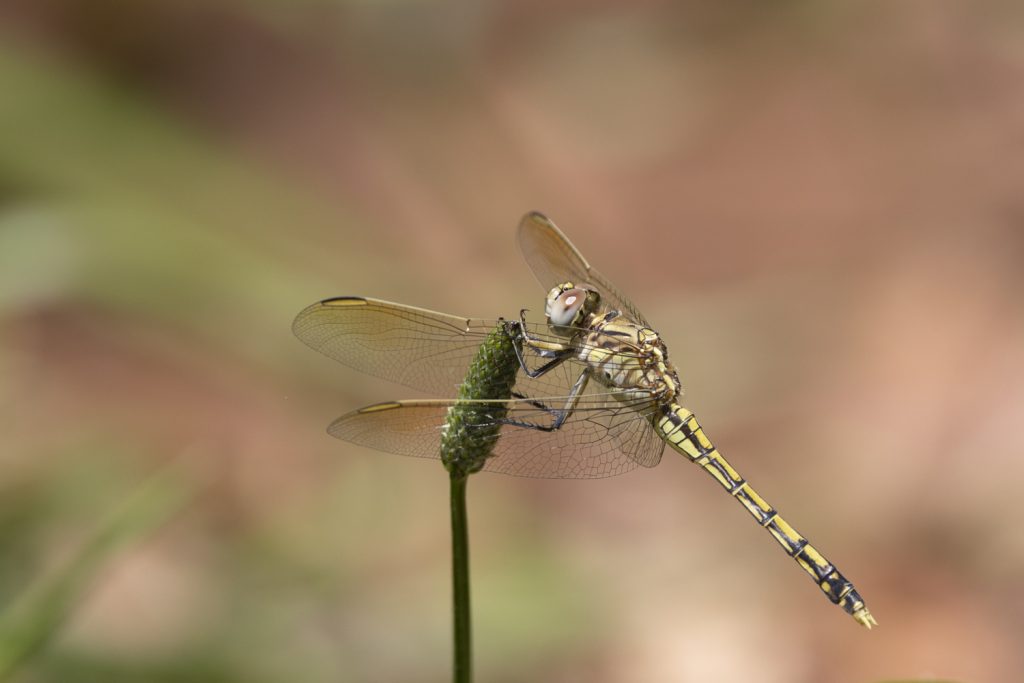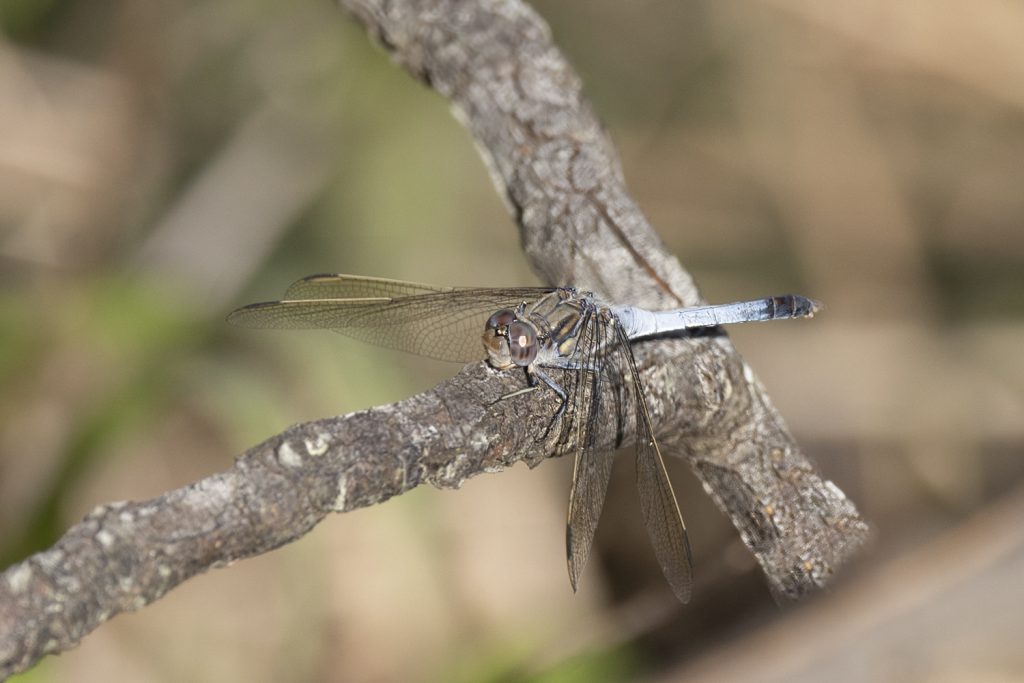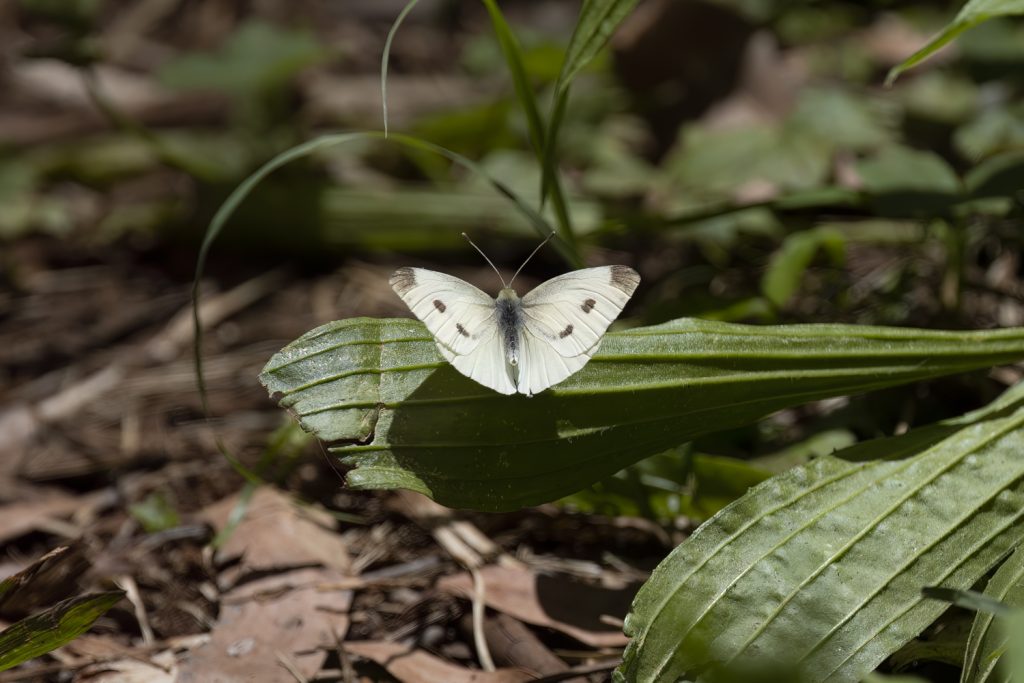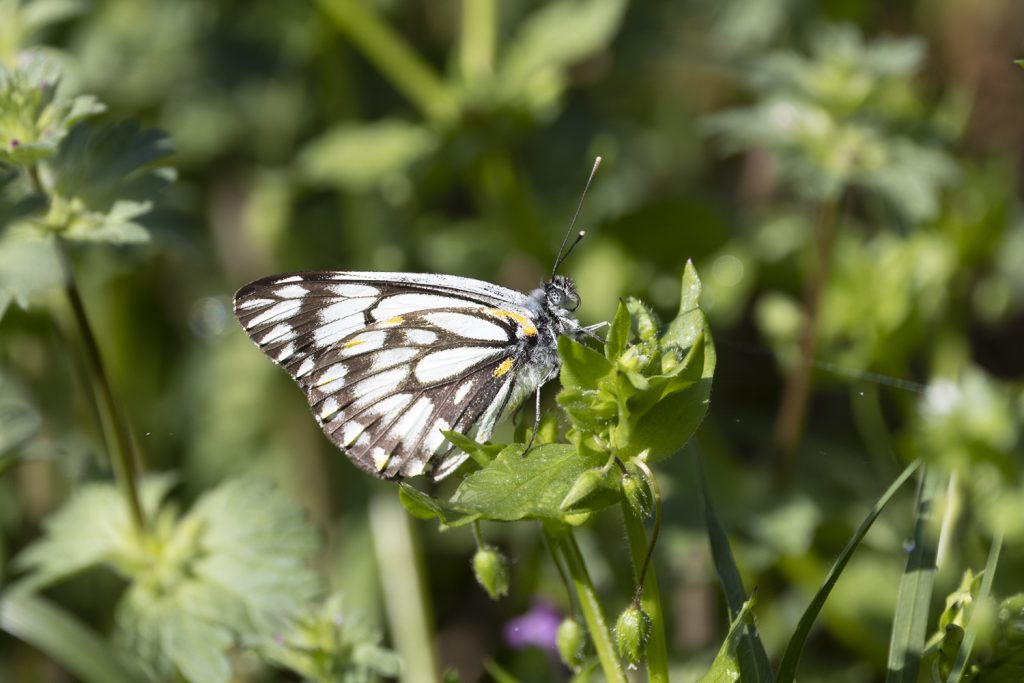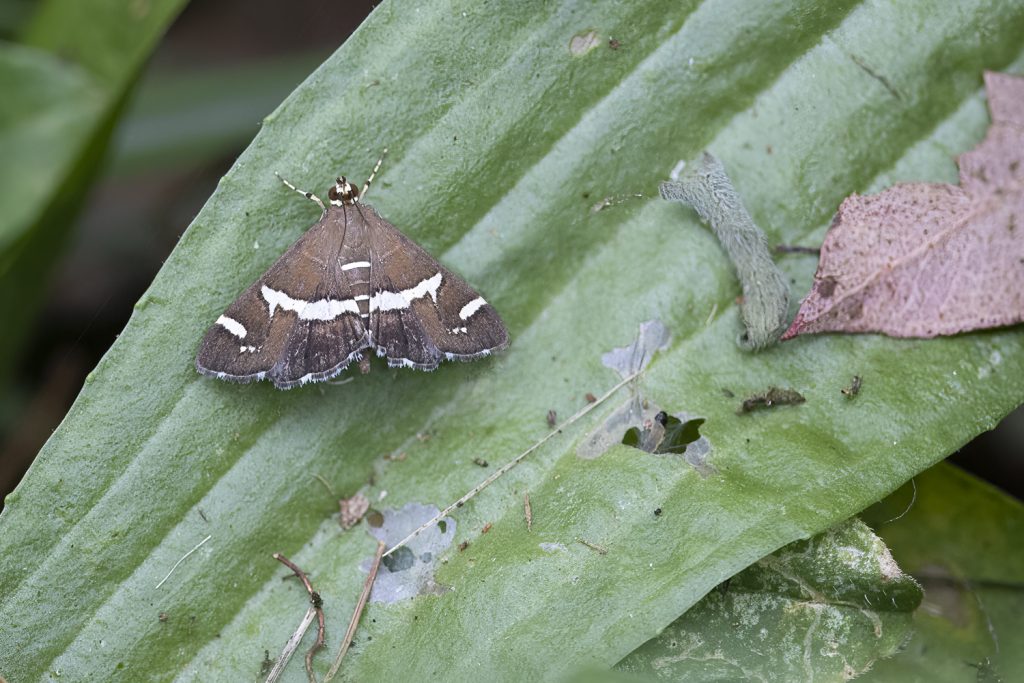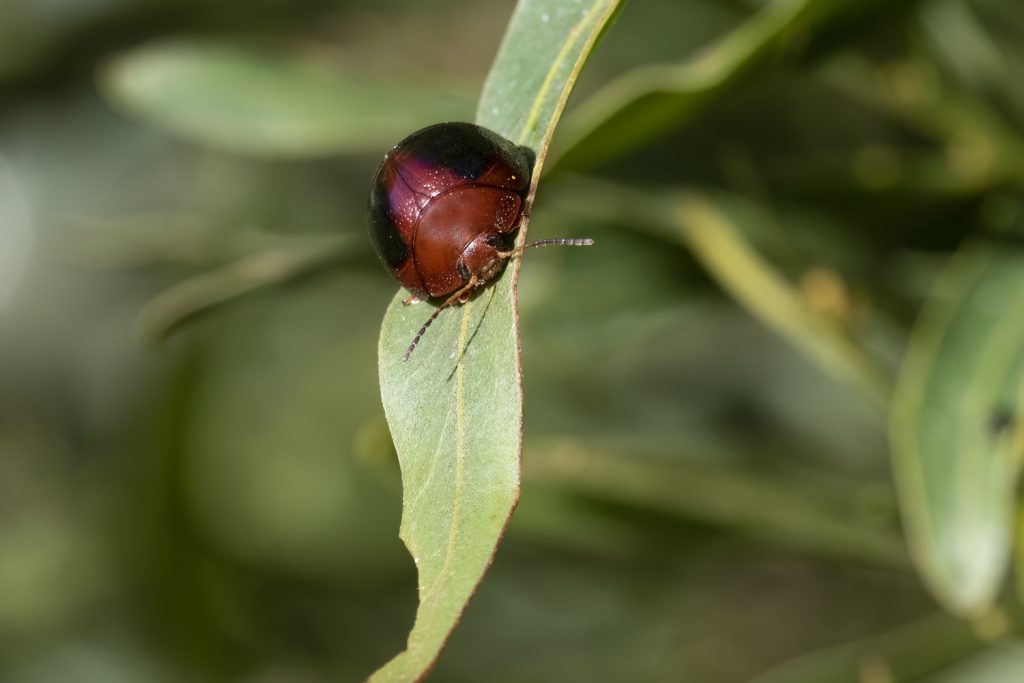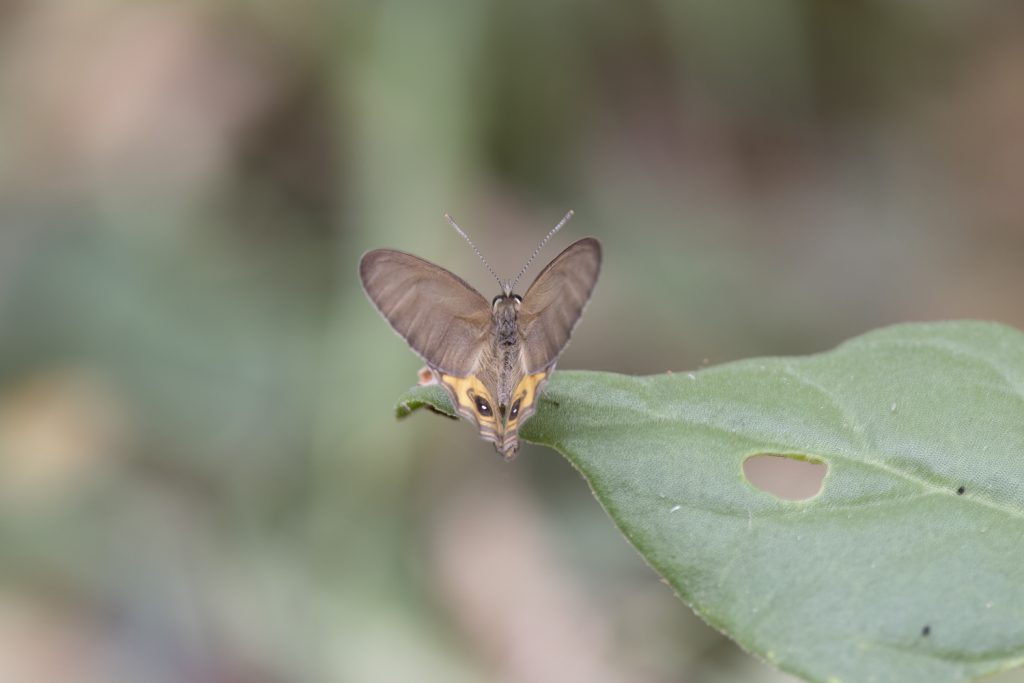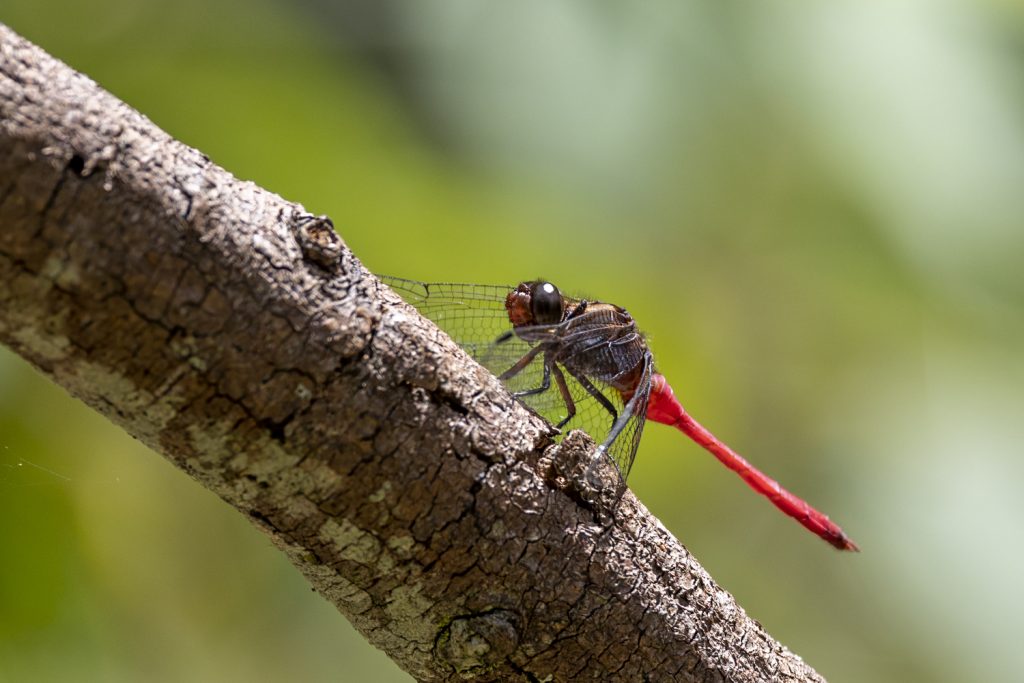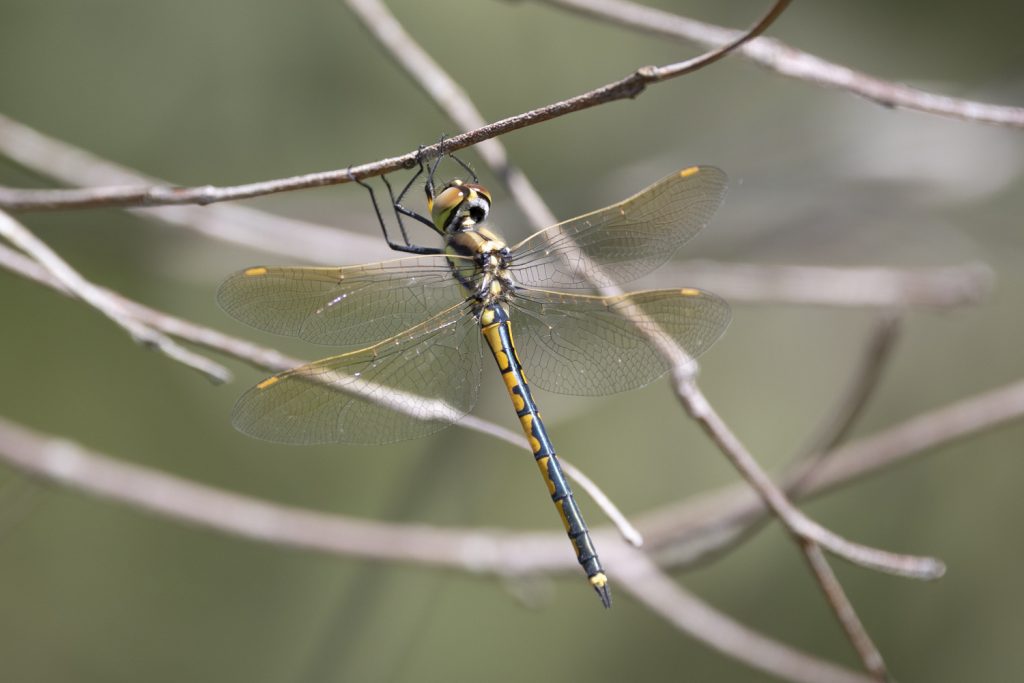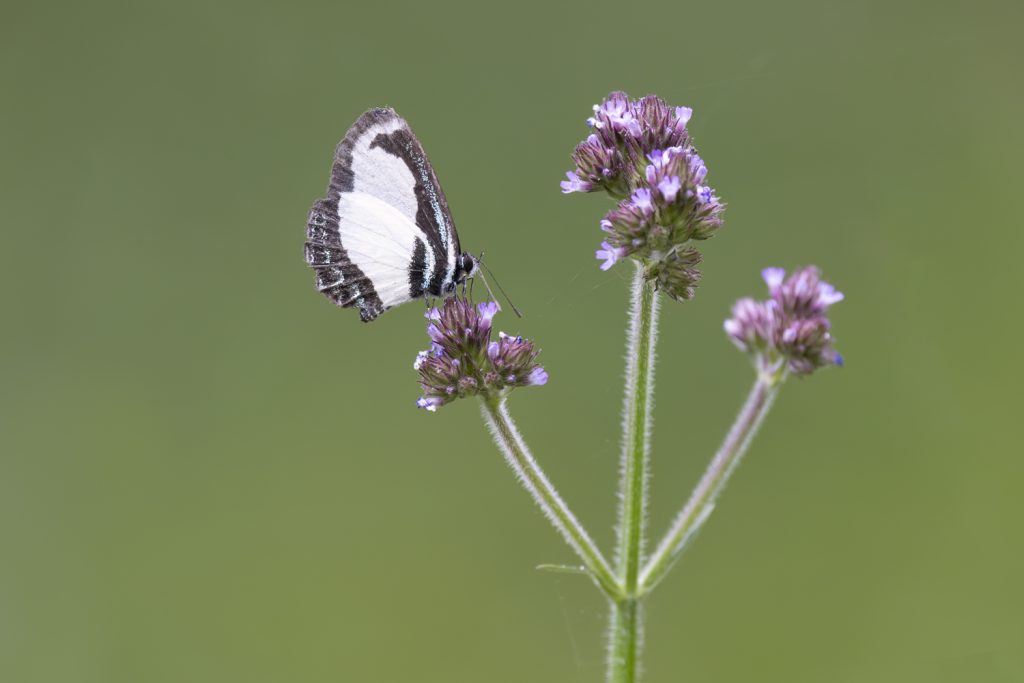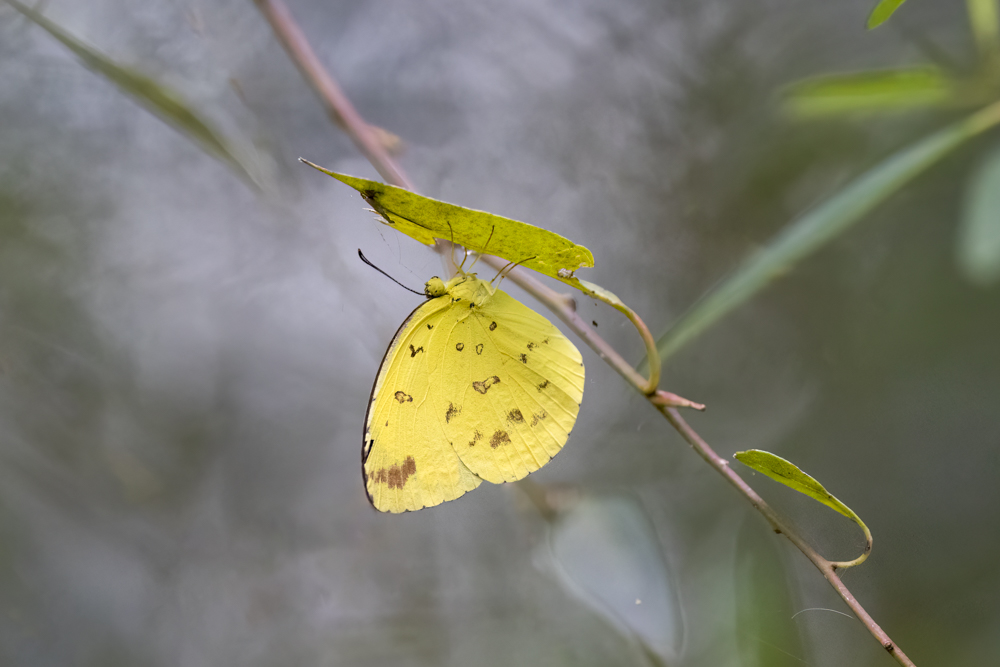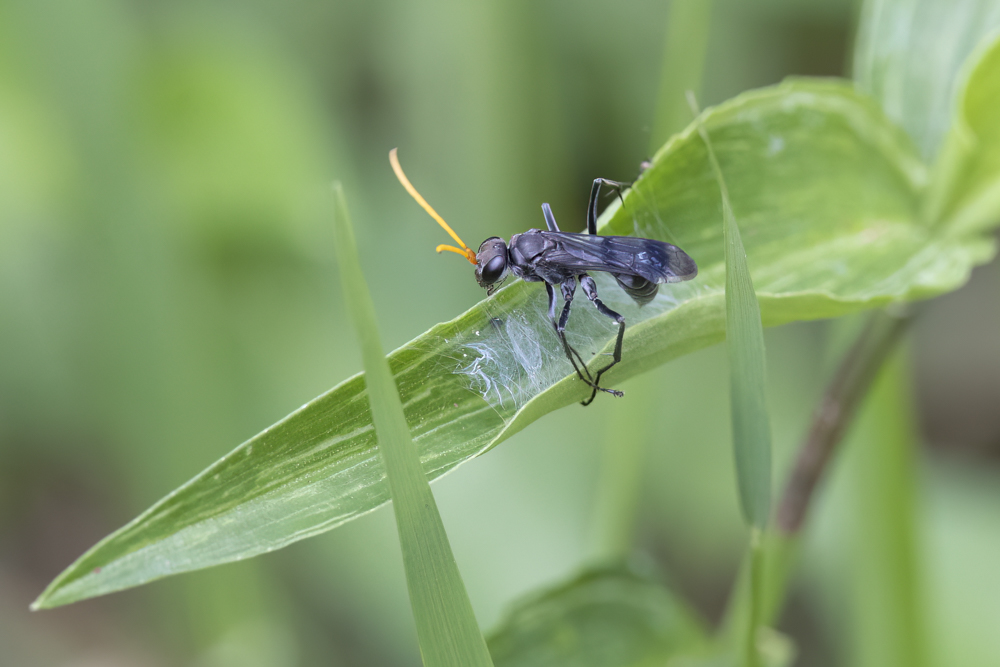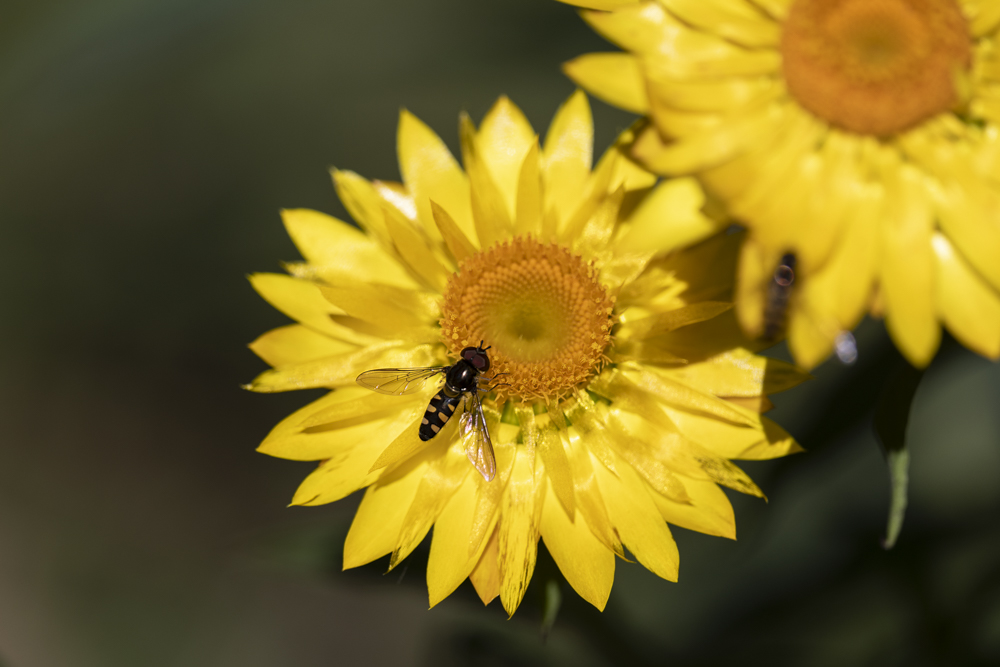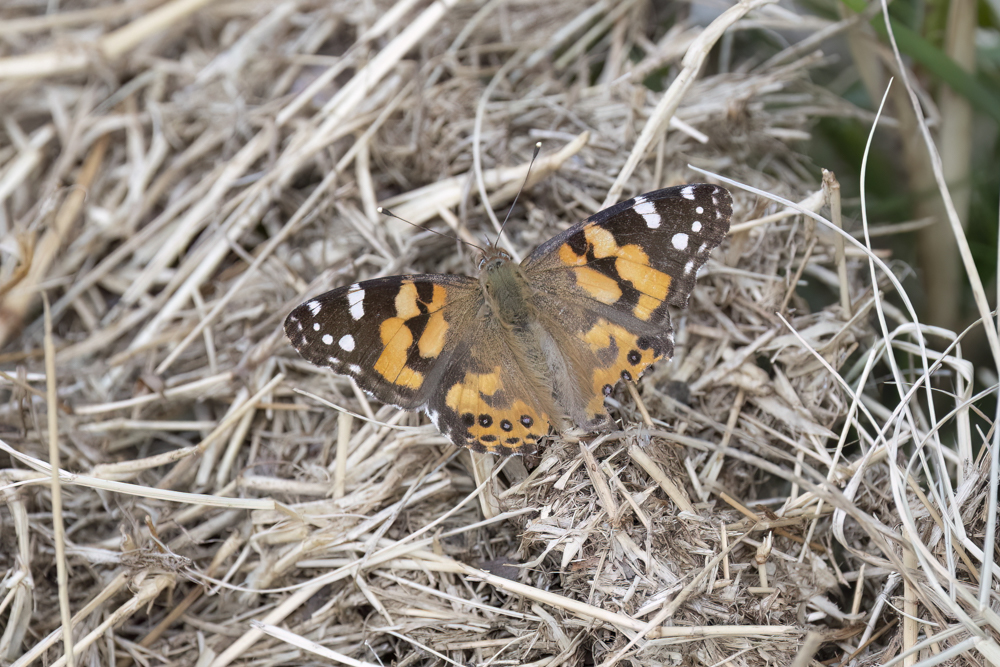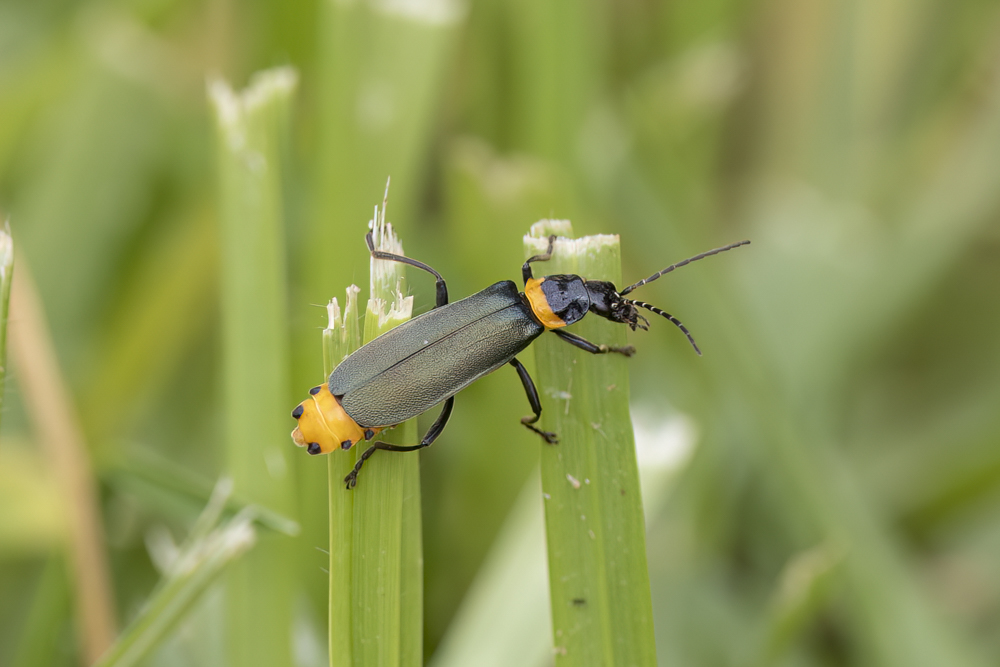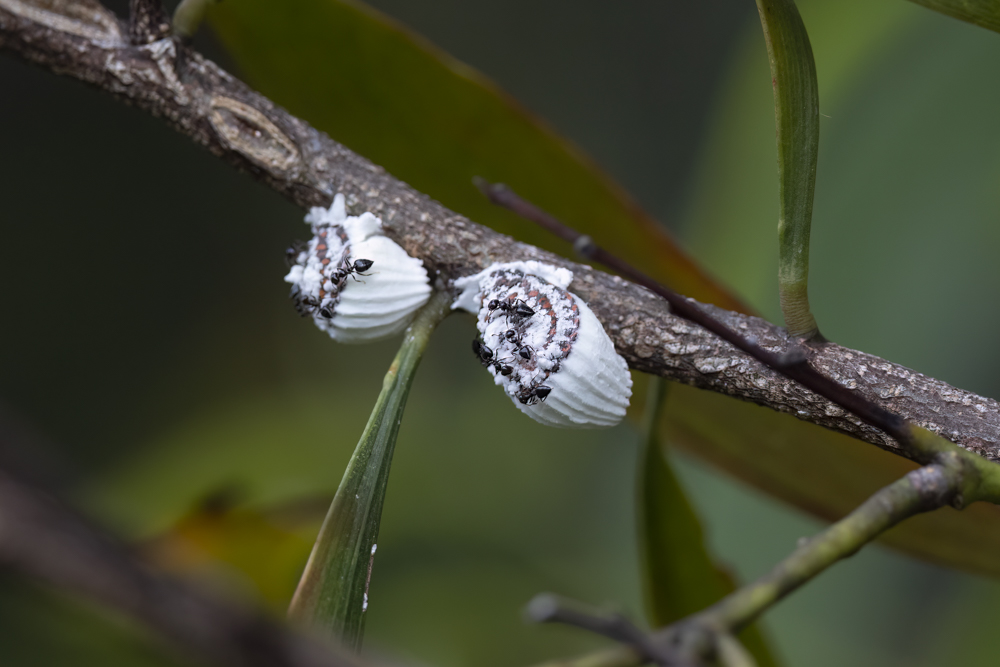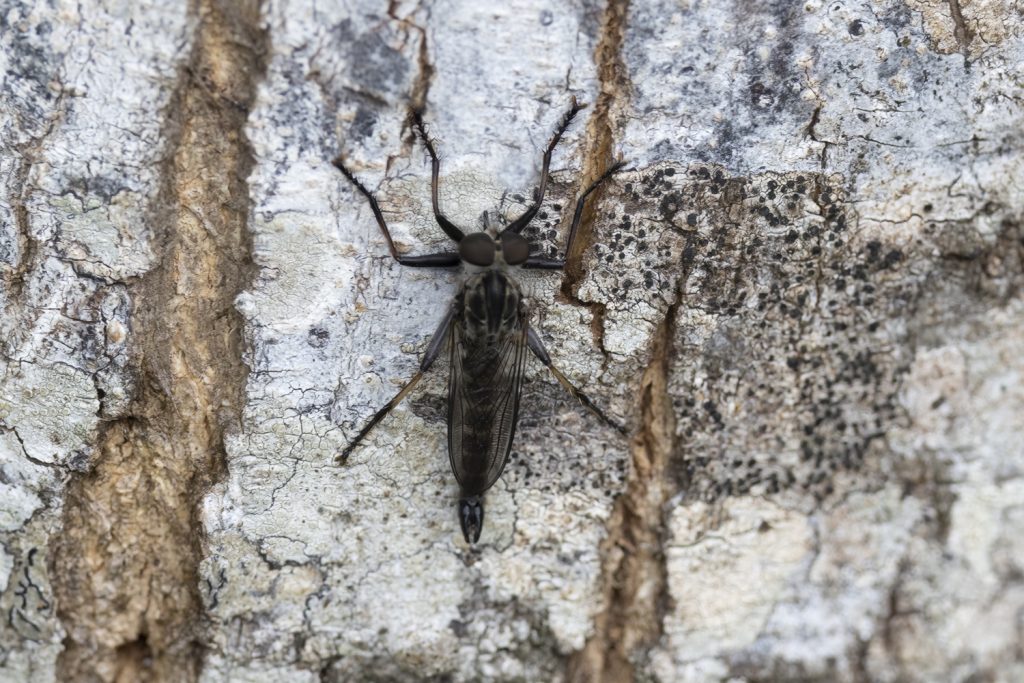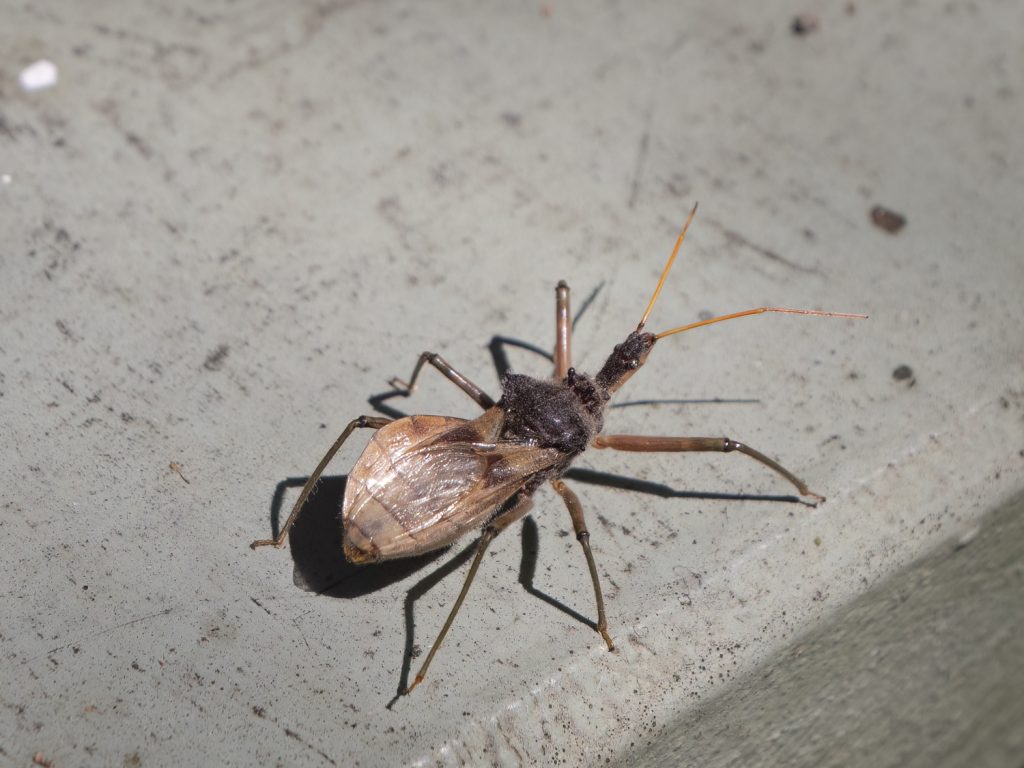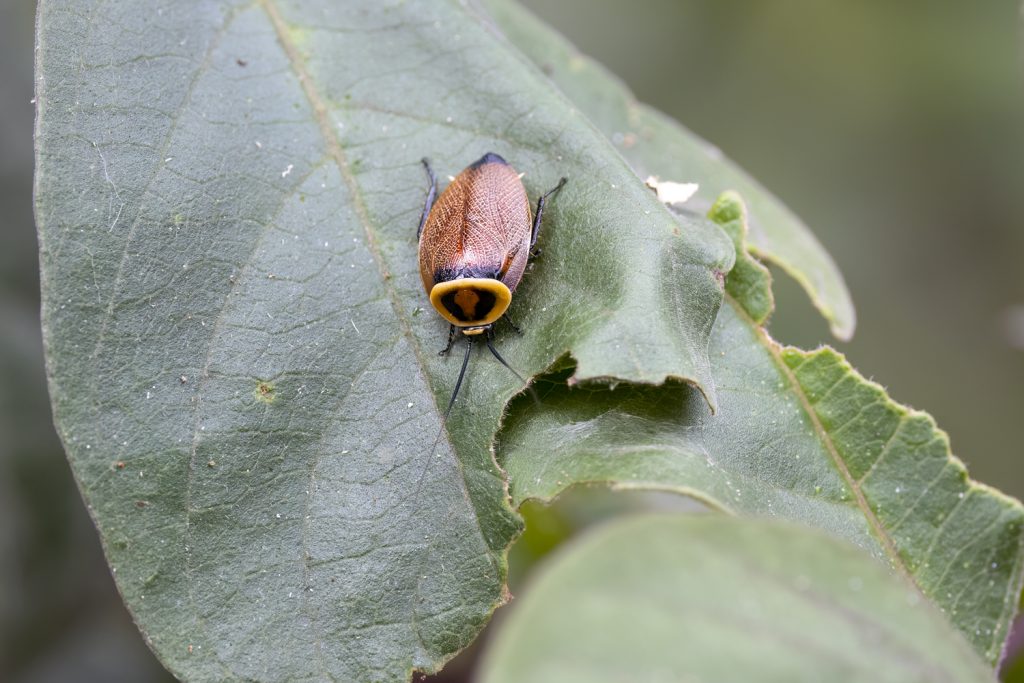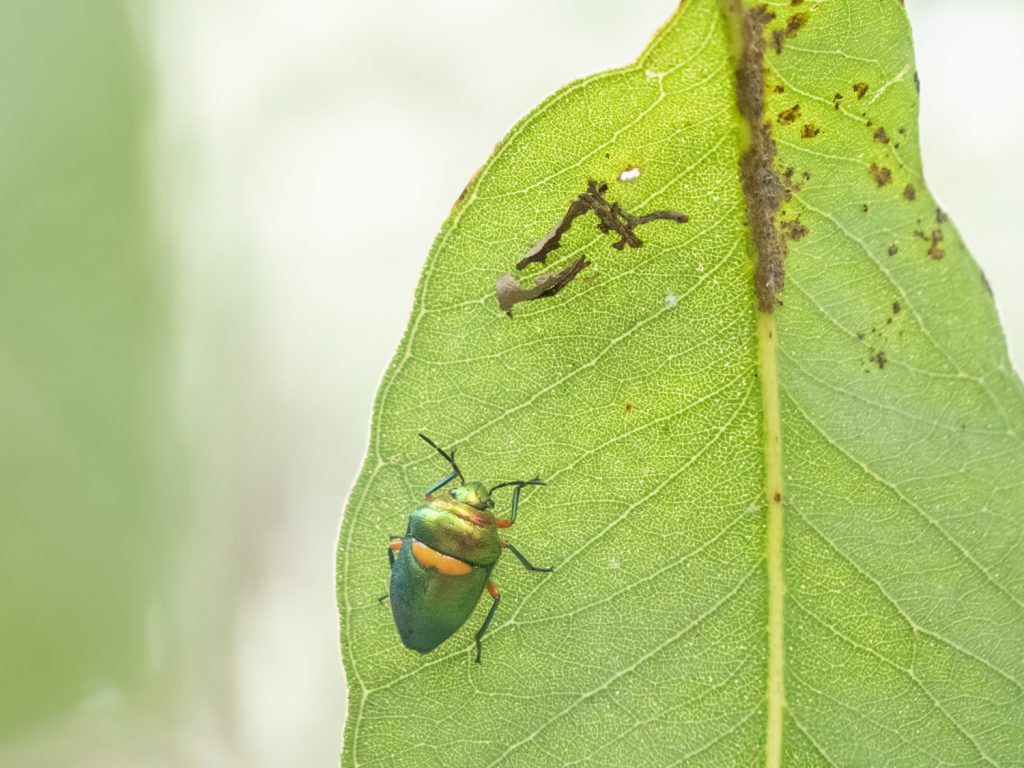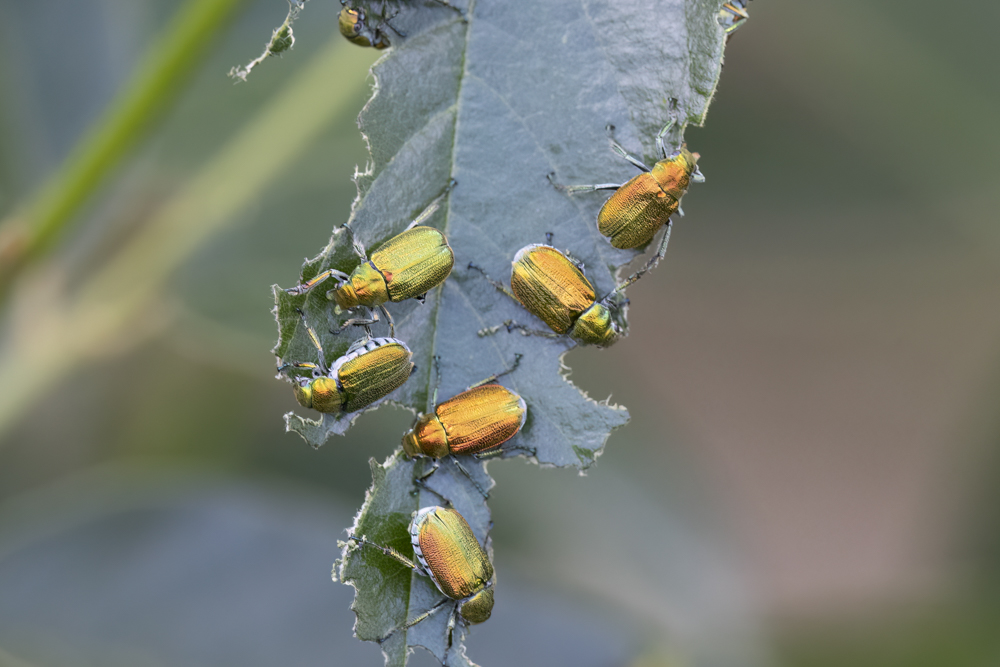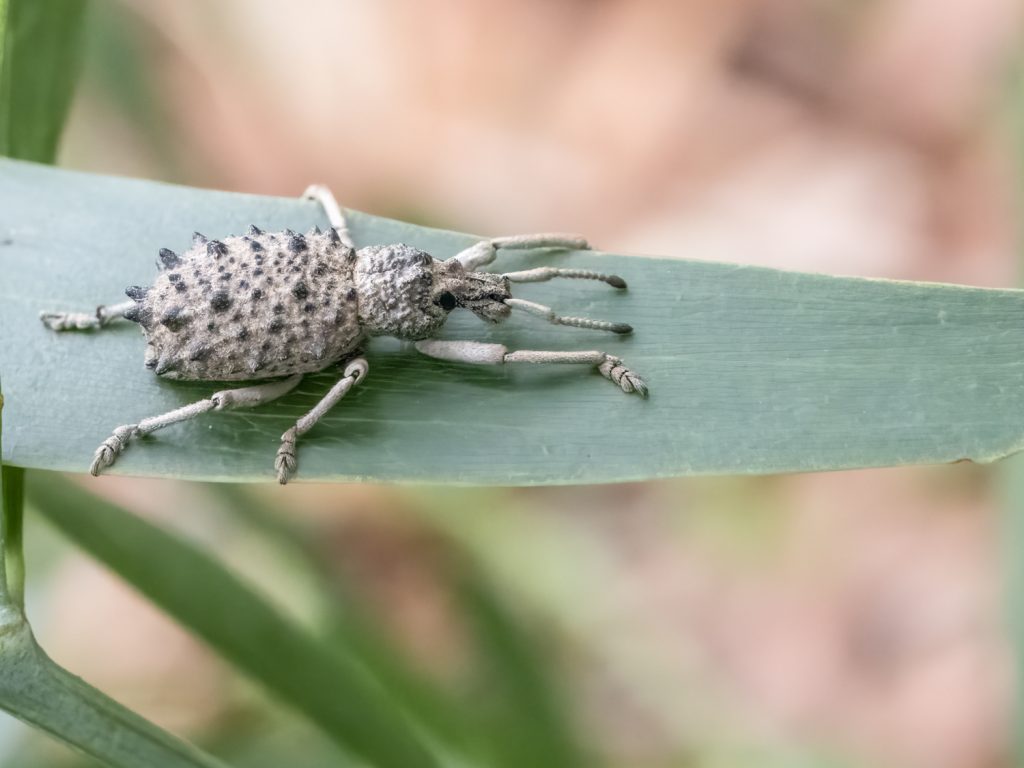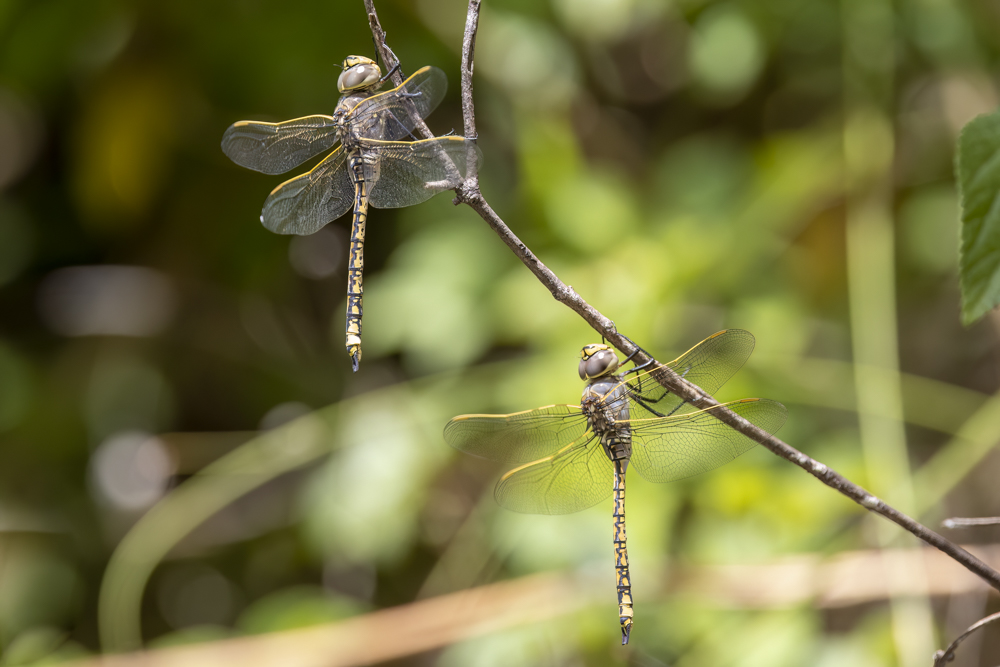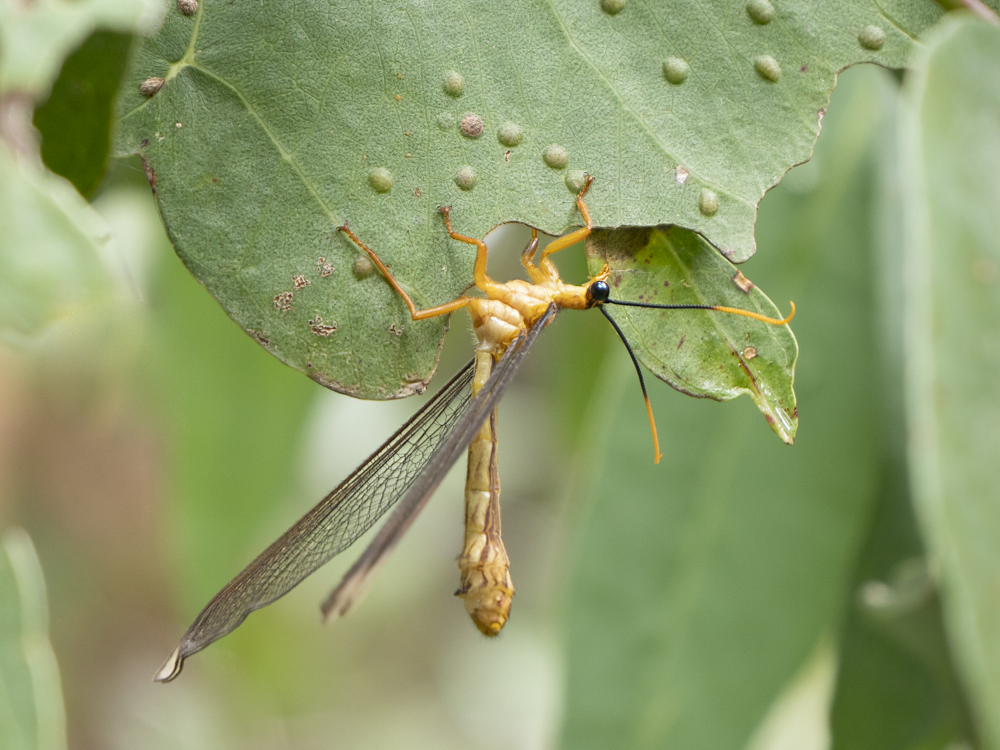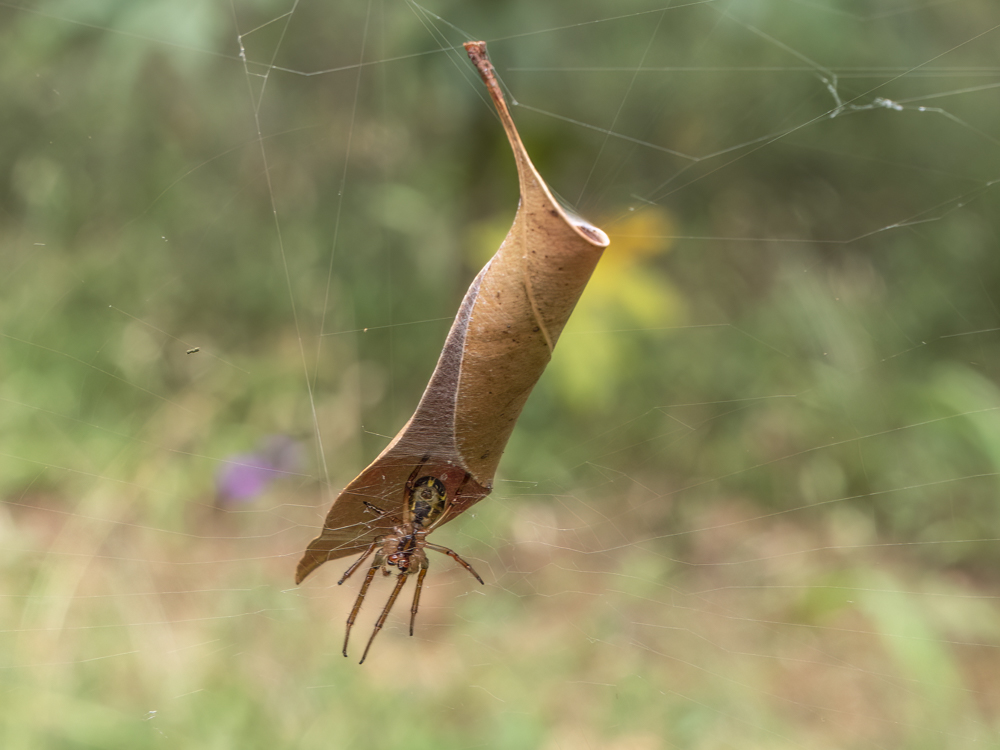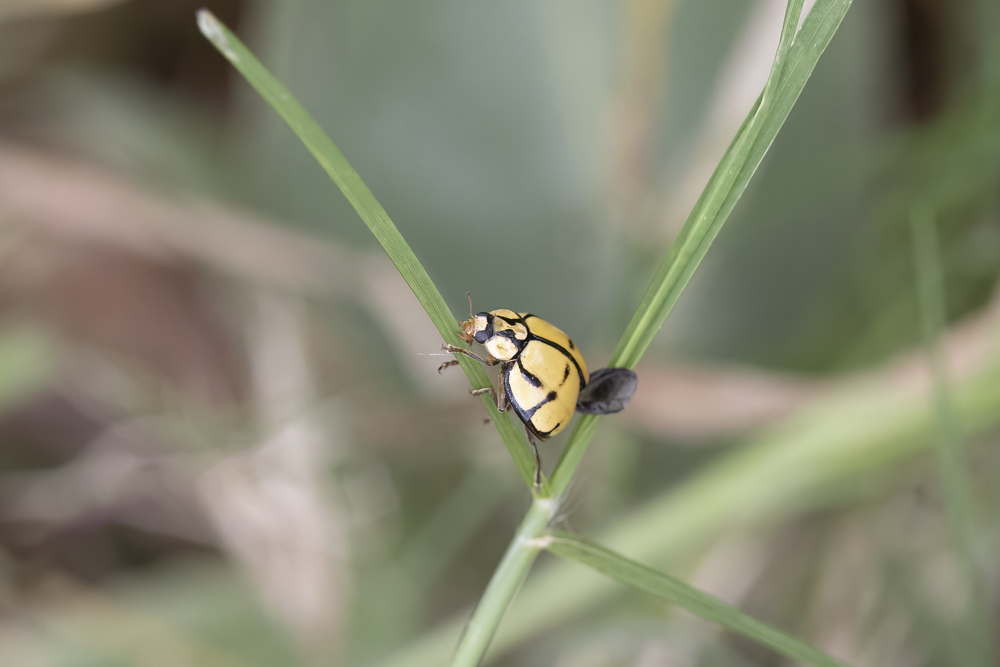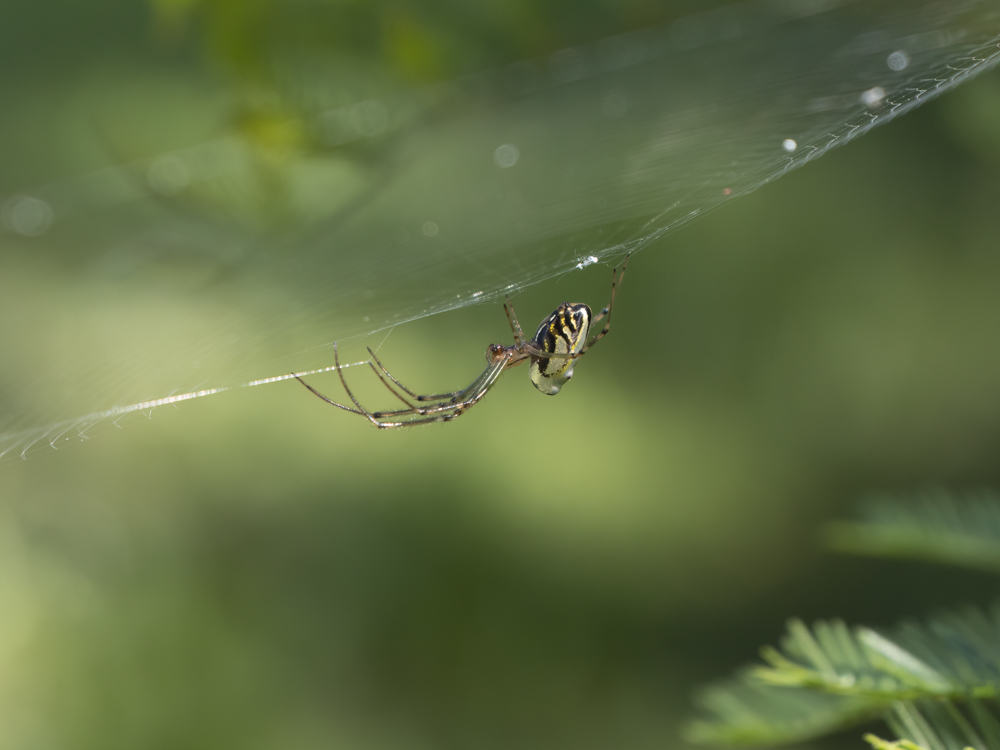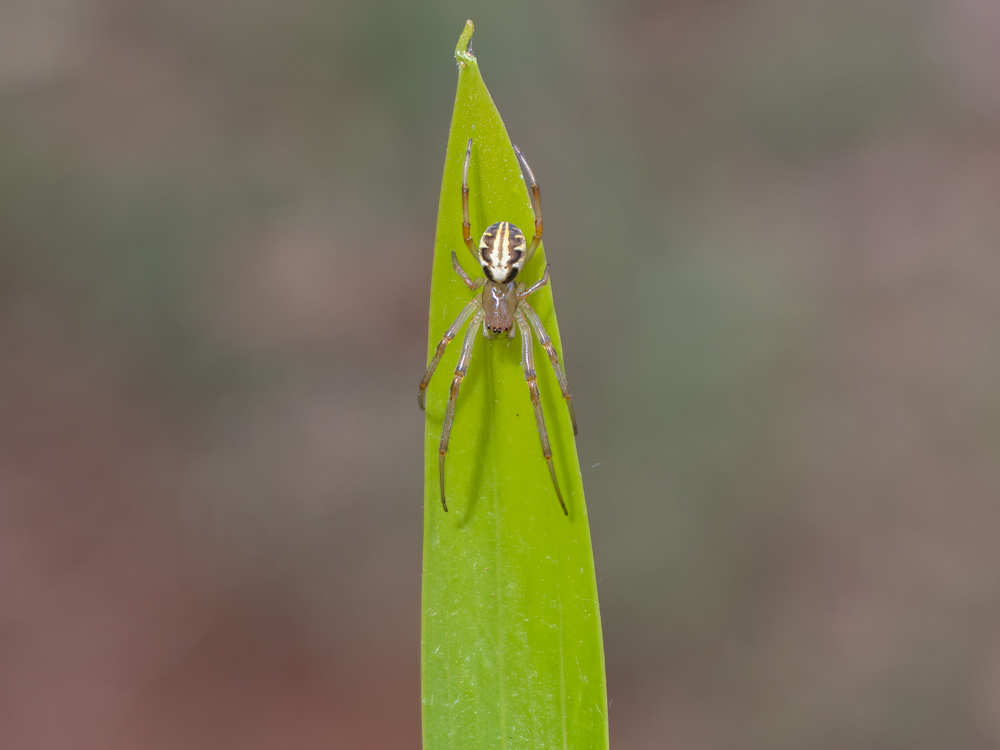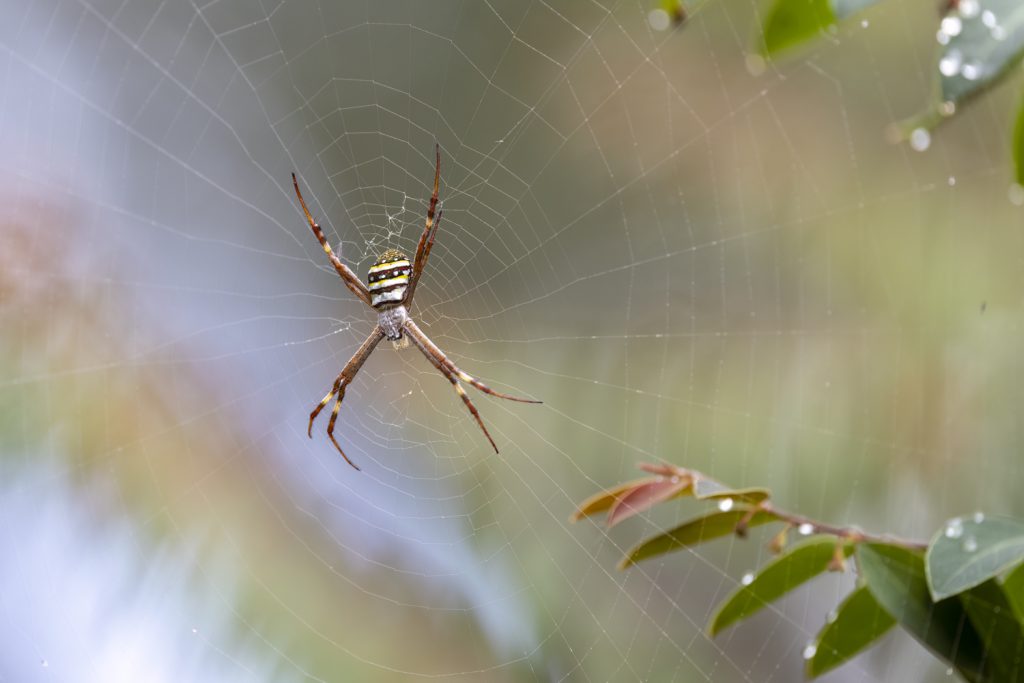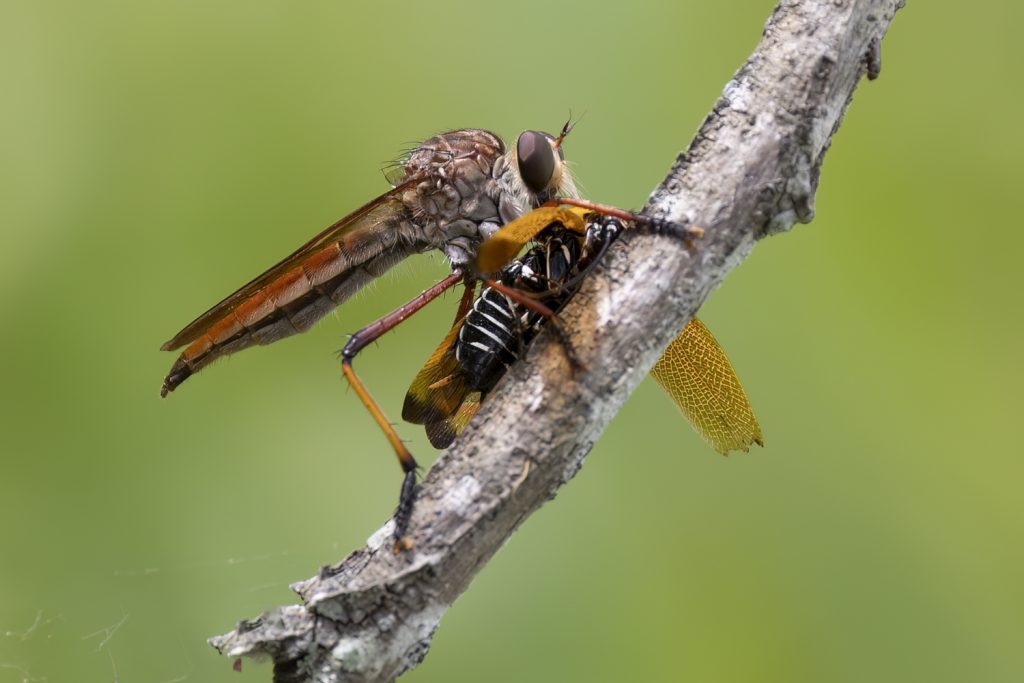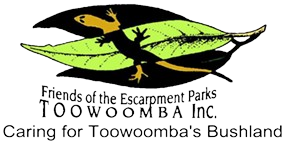Useful links
Microforests around the World
Microforests in Australia
Toowoomba Region Environmental Groups
Government Environmental Resources
Plants
Species to be planted in Hancock Street Microforest
Canopy Tree
- Corymbia Intermedia – Pink Bloodwood
Understory Trees
- Acacia fimbriata – Fringed Wattle
- Acacia madenii – Maiden’s Wattle
- Acacia melanoxylyn – Blackwood
- Acacia nerifolia – Oleander Leaf Wattle
- Alphitonia excelsa – Soap Ash
- Allocasuarina torulosa – Forest She-oak
- Angrophora floribunda – Rough Barked Apple
- Auranticarpa rhombifolia – Golden Hollywood
- Brachychiton populneus – Kurrajong
- Clerodendrum tomentosum – Hairy Lolly Bush
- Cupaniopsis parvifolia – Small Leaf Tuckeroo
- Trema tomentosa – Poison Peach
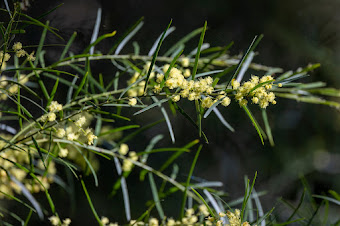
Understory Shrubs
- Breynia oblongifolia – Breynia
- Cassinia laevis – Cough Bush
- Wikstroema indica – Bushman’s Bootlace
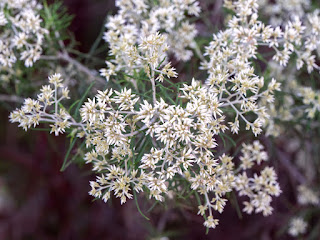
Vines
- Eustrephus latifolius – Wombat berry
- Hardenbergia violacea – Hardenbergia
- Pandorea pandorana – Wonga Vine
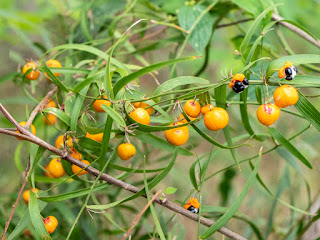
Herbs or Ground Flora
- Dianella caerulea – Blue Flax Lily
- Dichondra repens – Kidney Weed
- Einadia hastata – Red Berry Saltbush
- Chrysocephalum apiculatum – Yellow Buttons
- Commelina difusa
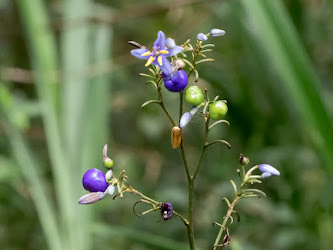
Grasses
- Austrostipa ramosissima – Stout Bamboo grass
- Themeda triandra – Kangaroo grass
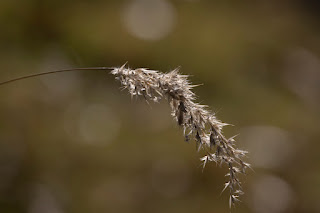
Birds
Observing, photographing and videoing of the birds in Hancock Street Park commenced in September 2022 which was breeding time for many species. The park is blessed with a large number of suitable nesting hollows which were seen to be used by Galahs, Pale-headed Rosellas, King Parrots, Rainbow Lorikeets, Scaly-breasted Lorikeets, Pacific Black Duck and Laughing Kookaburras.
The nests of Noisy Miners, the most dominant species in the park, Magpies, Currawongs and a Black-faced Cuckoo-shrike were also noted, and in December a Tawny Frogmouth chick was sighted. One of the highlights of the breeding season was seeing a Pacific Black Duck and her five chicks leave the breeding hollow and head towards the Waterbird Habitat.
A flock of Little Corellas descended on the park for a week in November to feed on the seed pods of Green Wattle trees.
The only small birds in the park appear to be White-browed Scrubwrens. A recent arrival is a Brush Turkey who has commenced building a nesting mound. There is a resident Grey Butcherbird with a damaged bill and the grassed area surrounding the park hosts Crested Pigeons and Masked Lapwings. Eastern Whipbirds and Eastern Koels can be heard calling from the bushland adjoining the nearby Symes Thorpe.
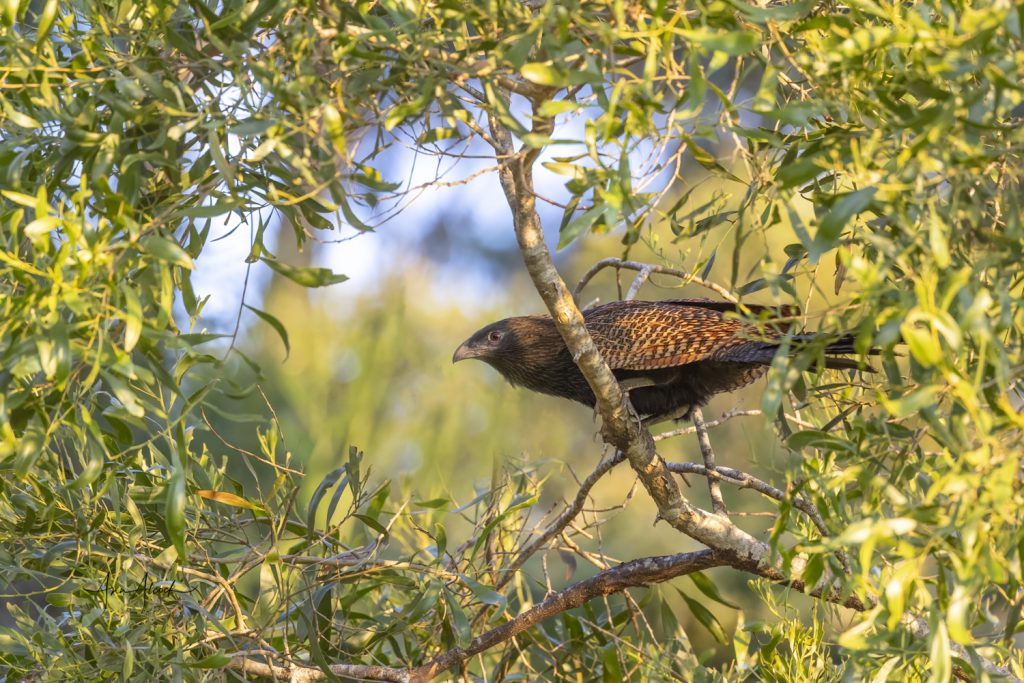
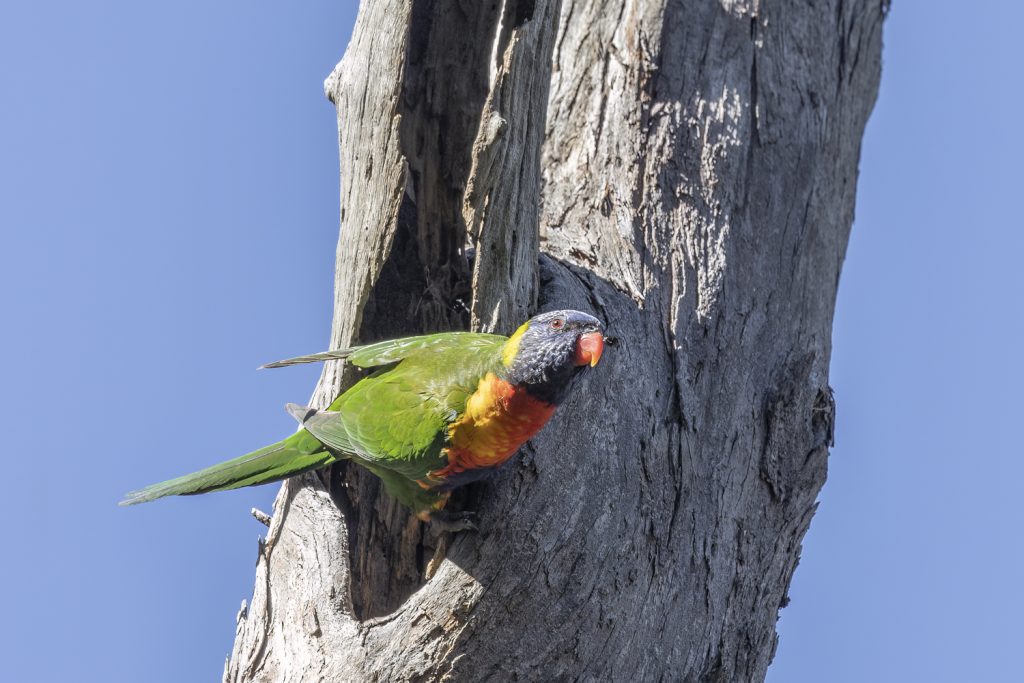
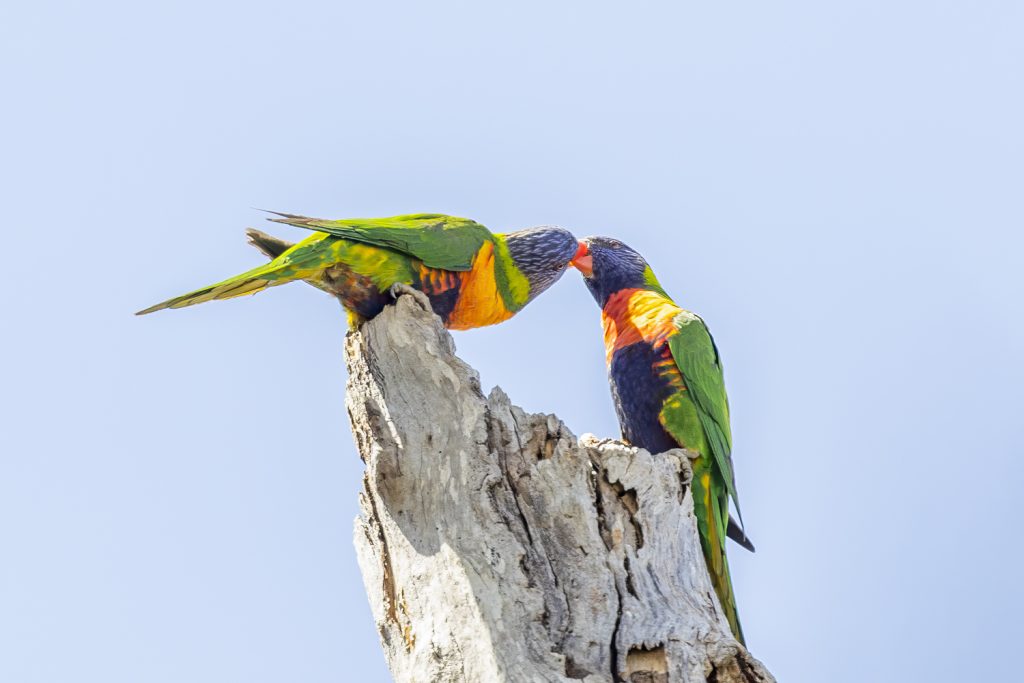
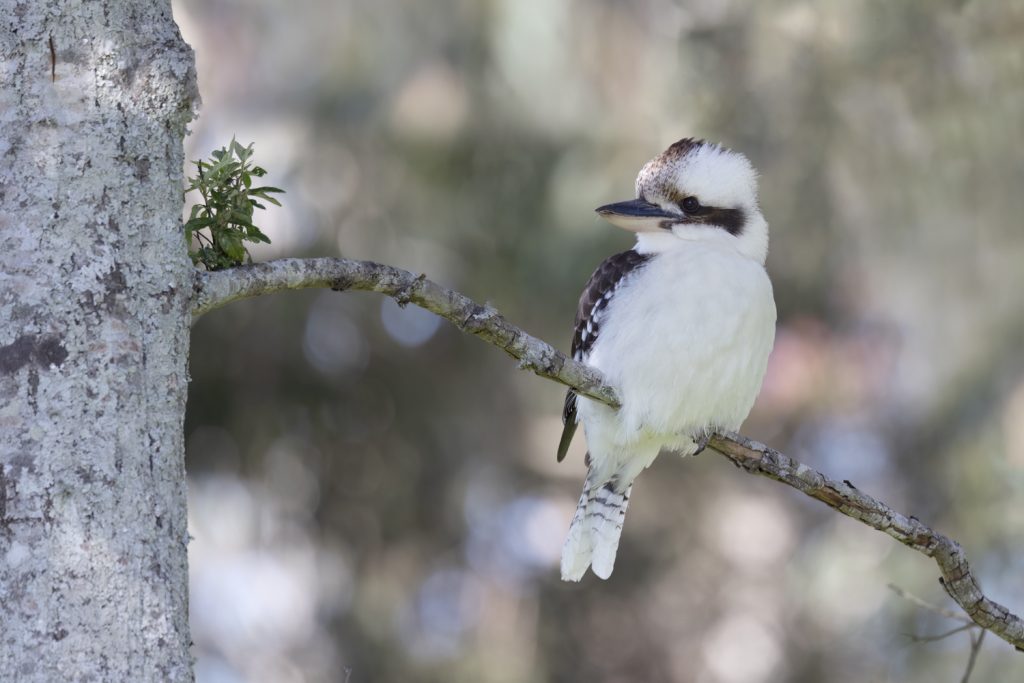
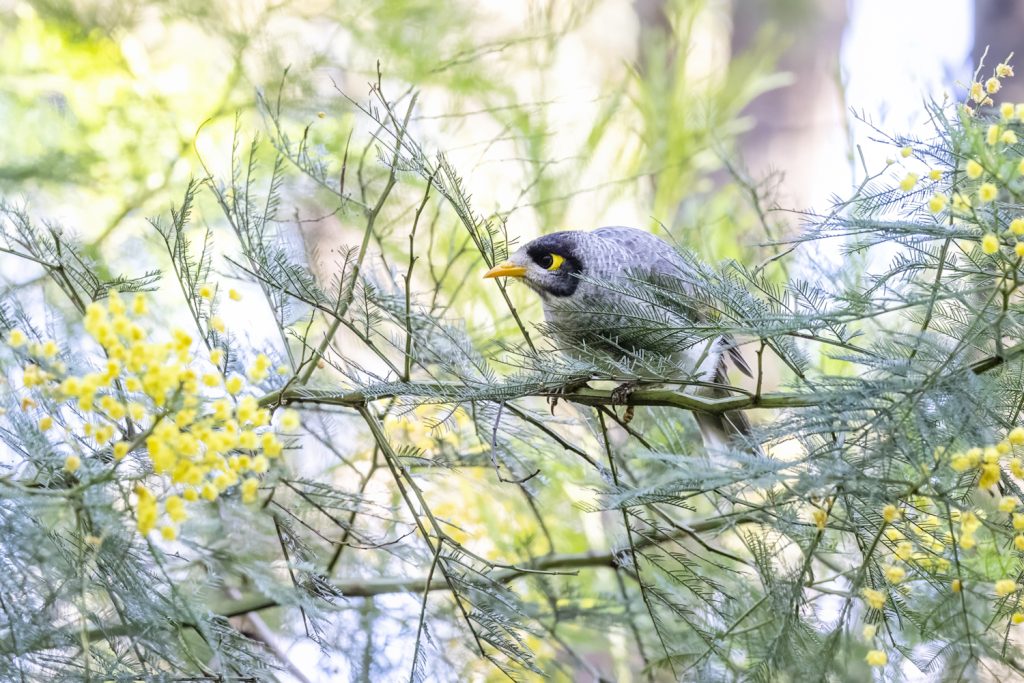
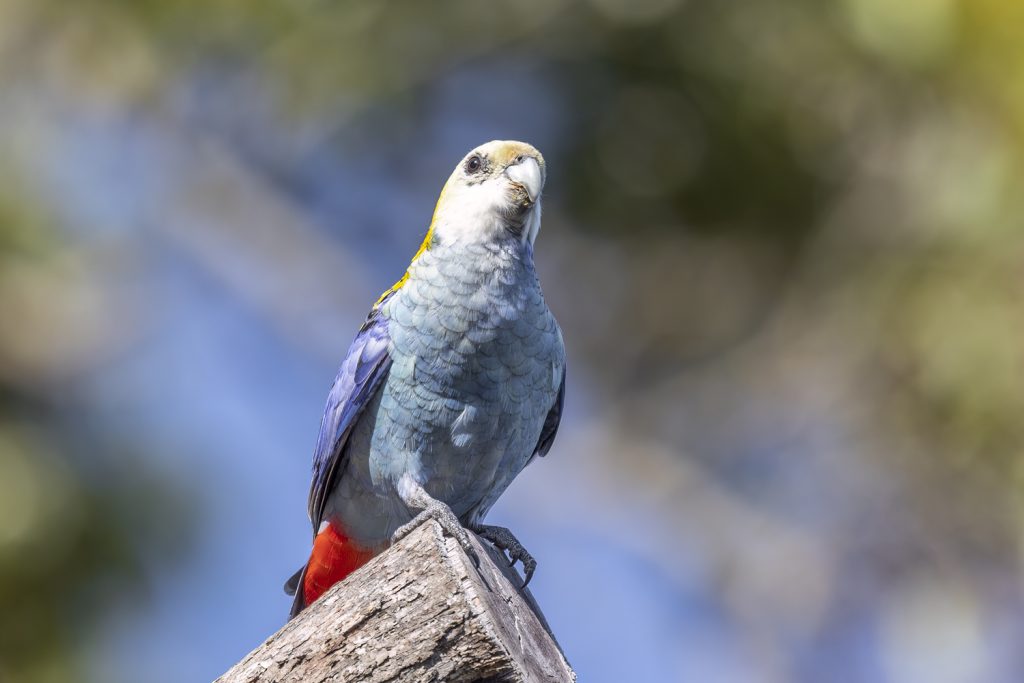
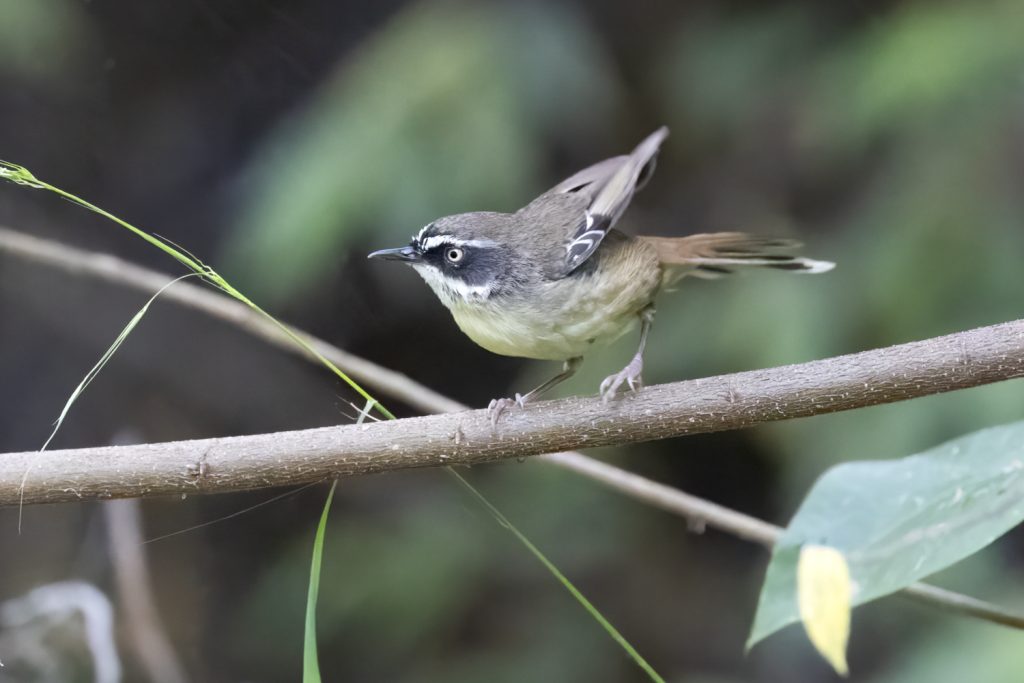
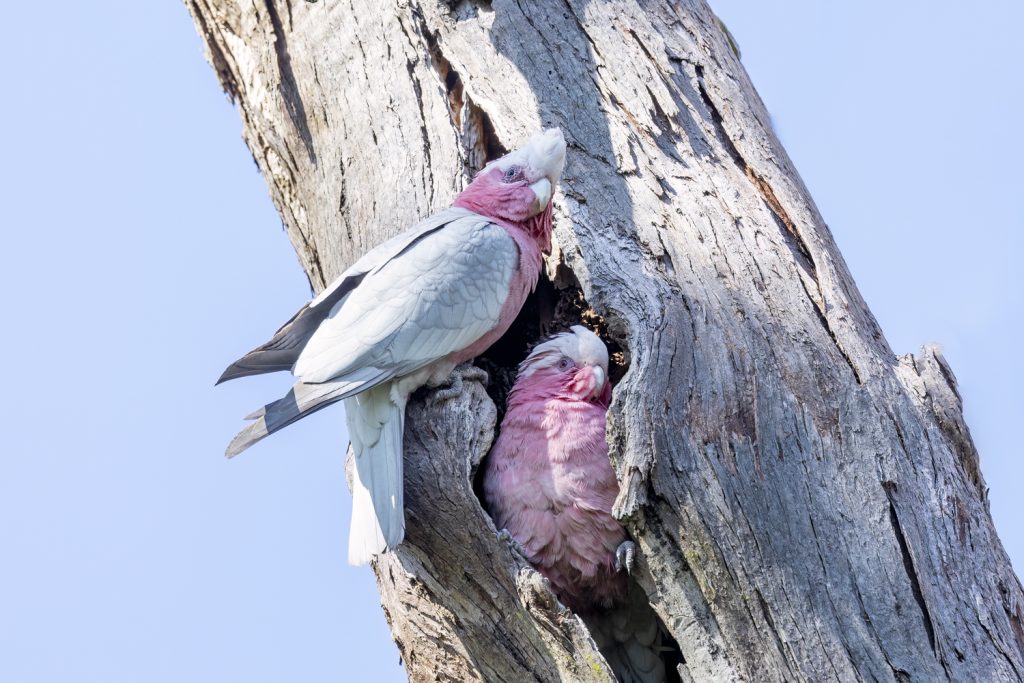
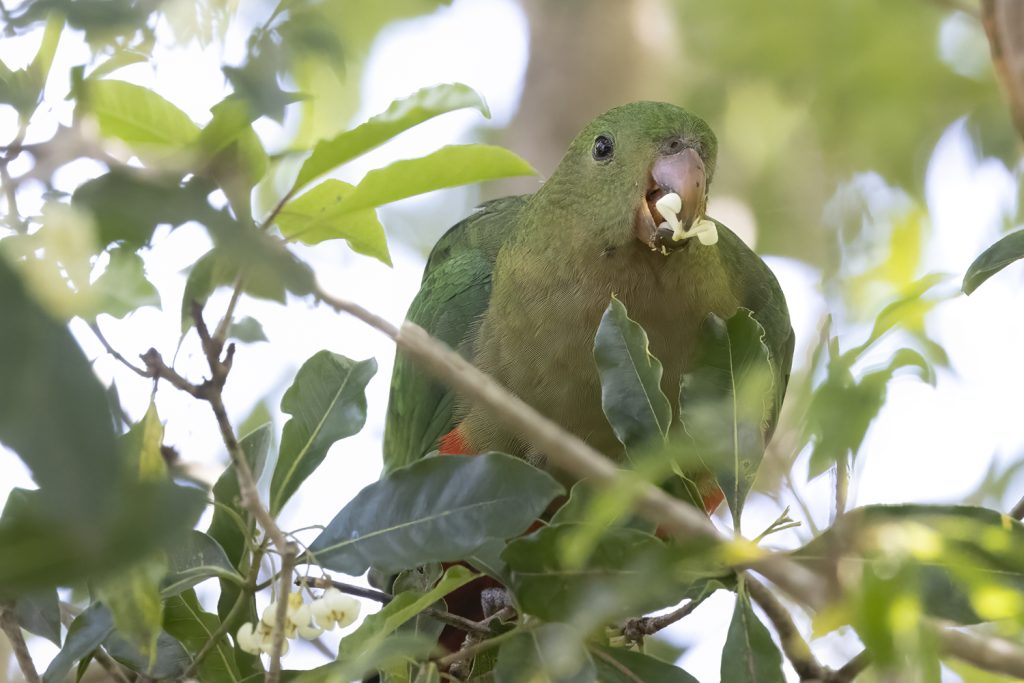
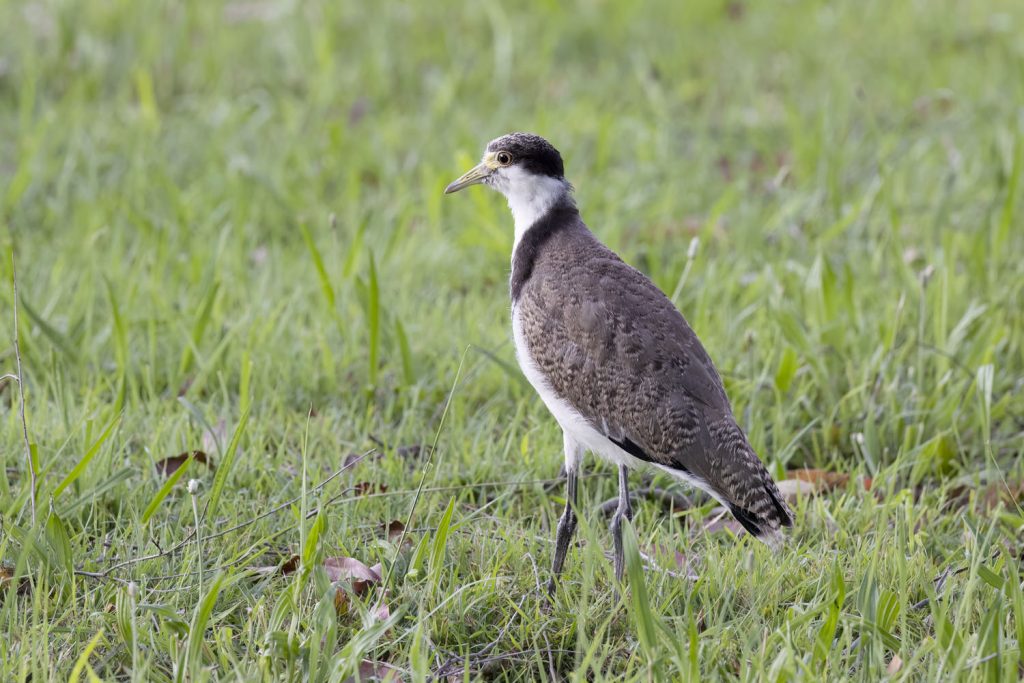
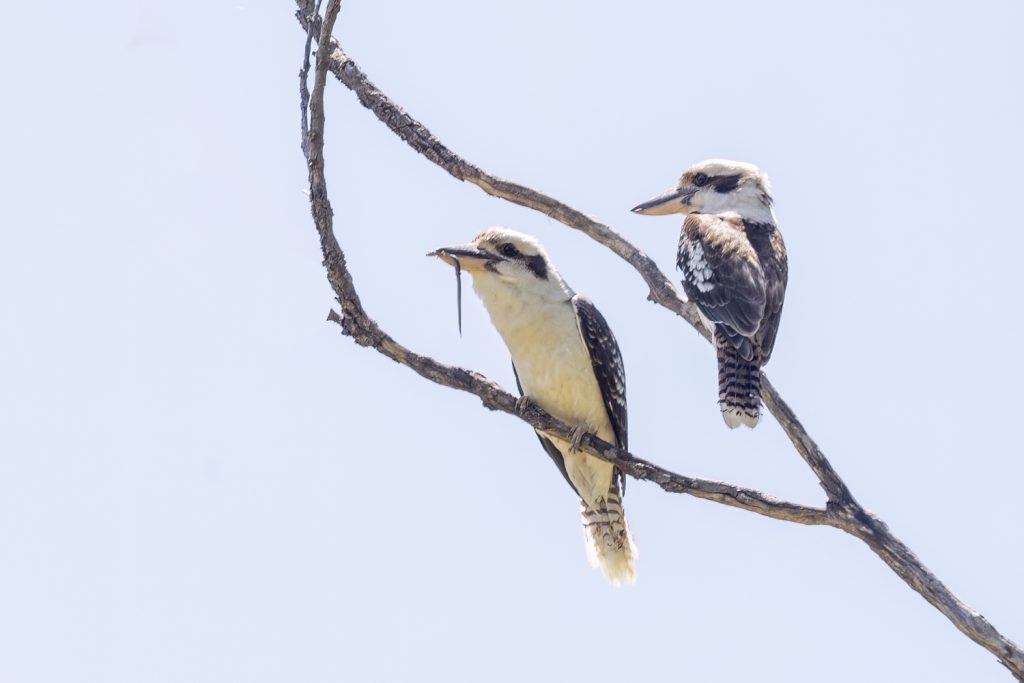
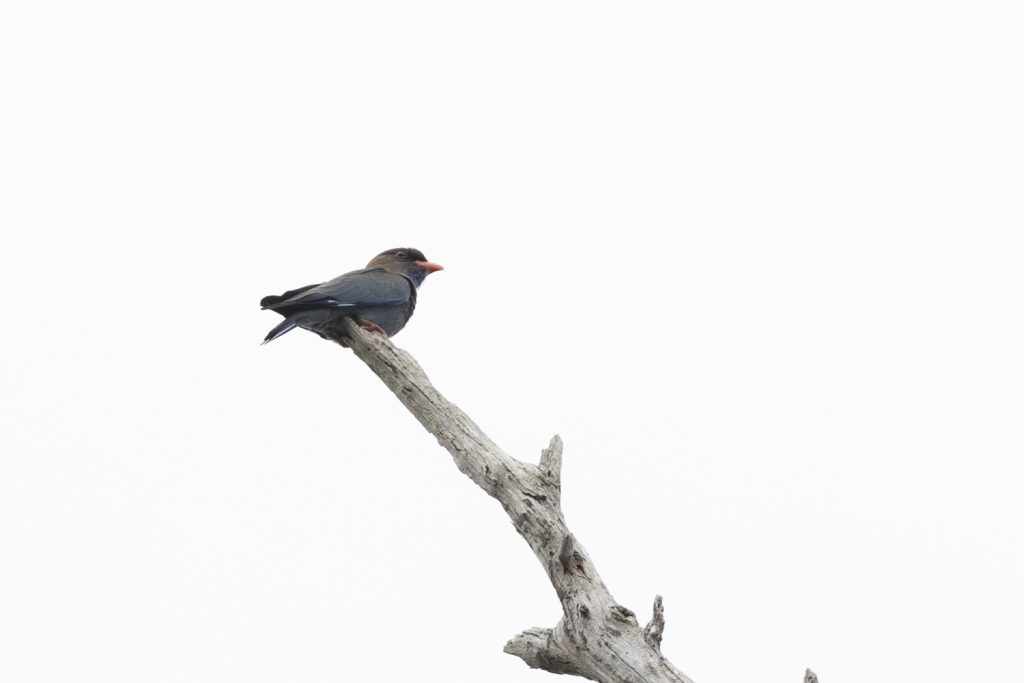
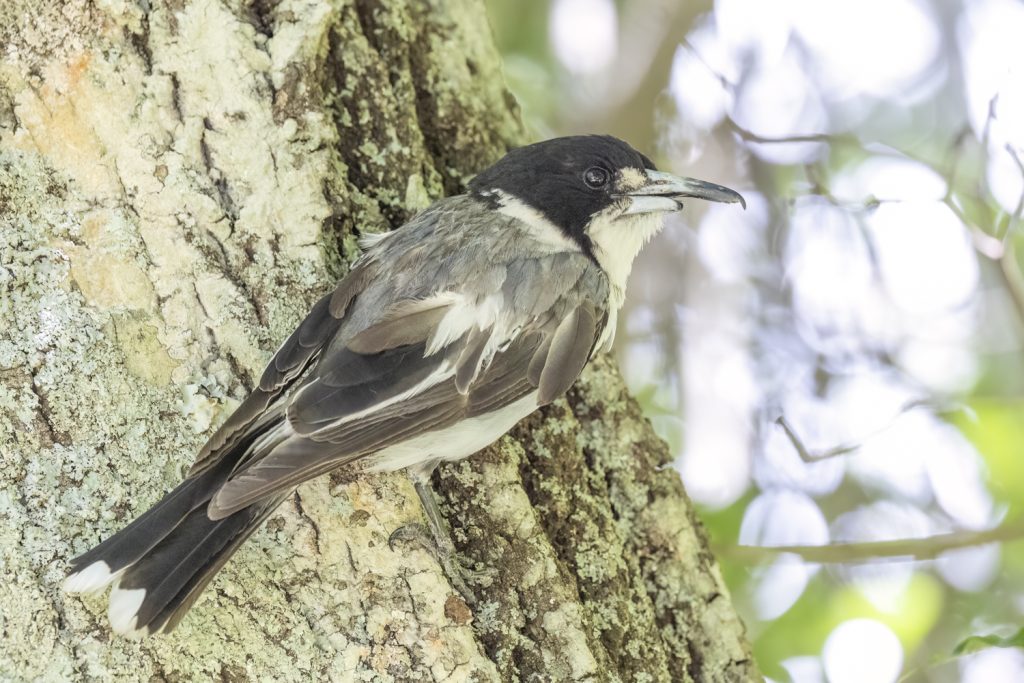
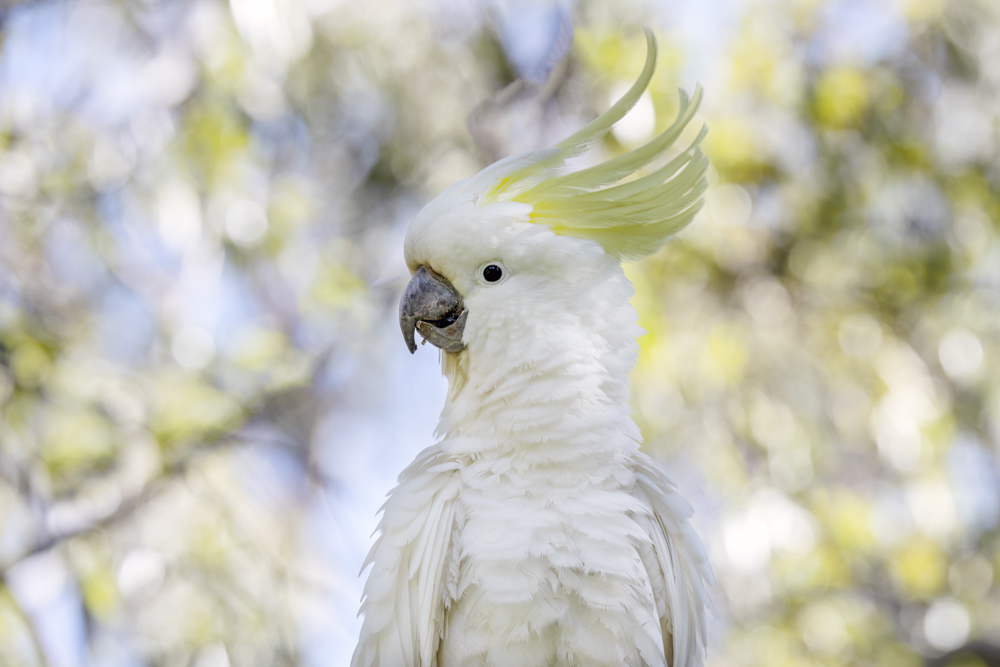
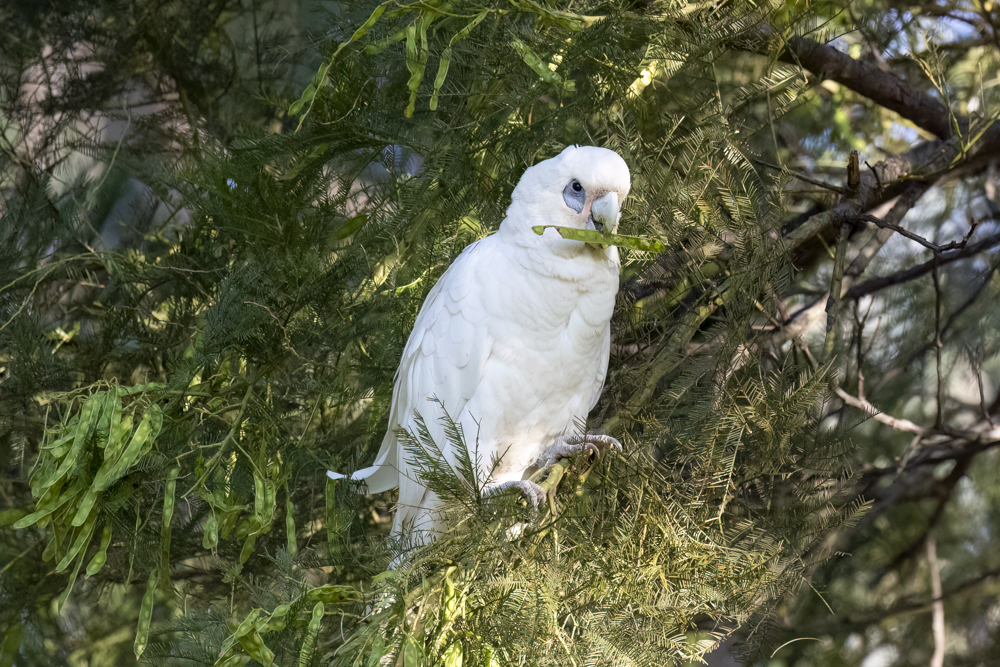
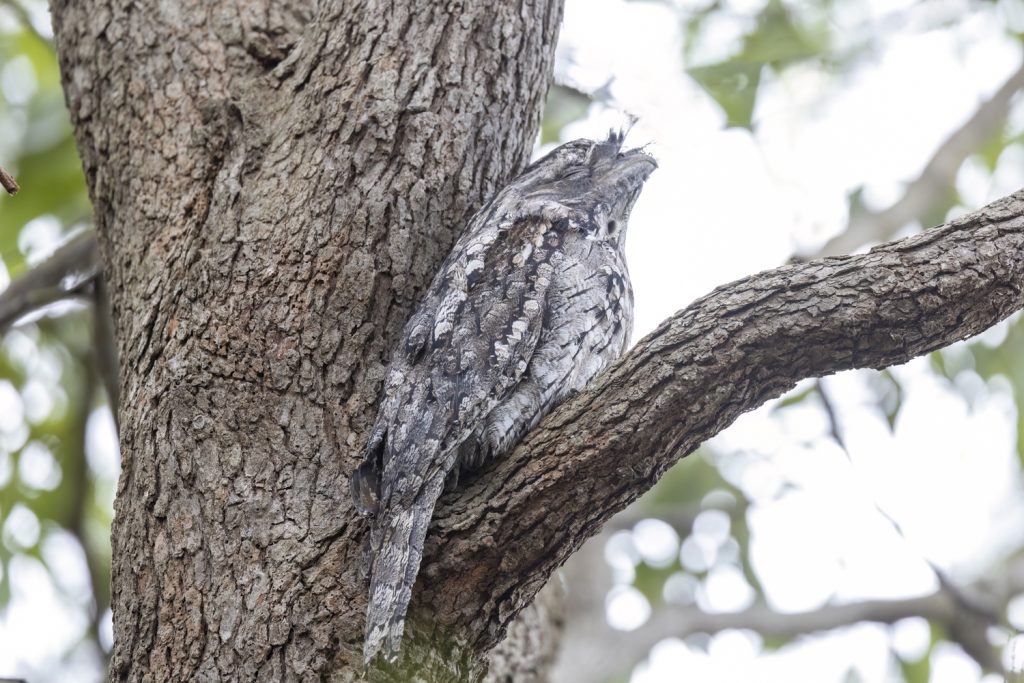
Insects and Spiders
The Hancock Street Park ecosystem hosts a variety of butterflies, moths, dragonflies, beetles and spiders. (https://inaturalist.ala.org.au/home)
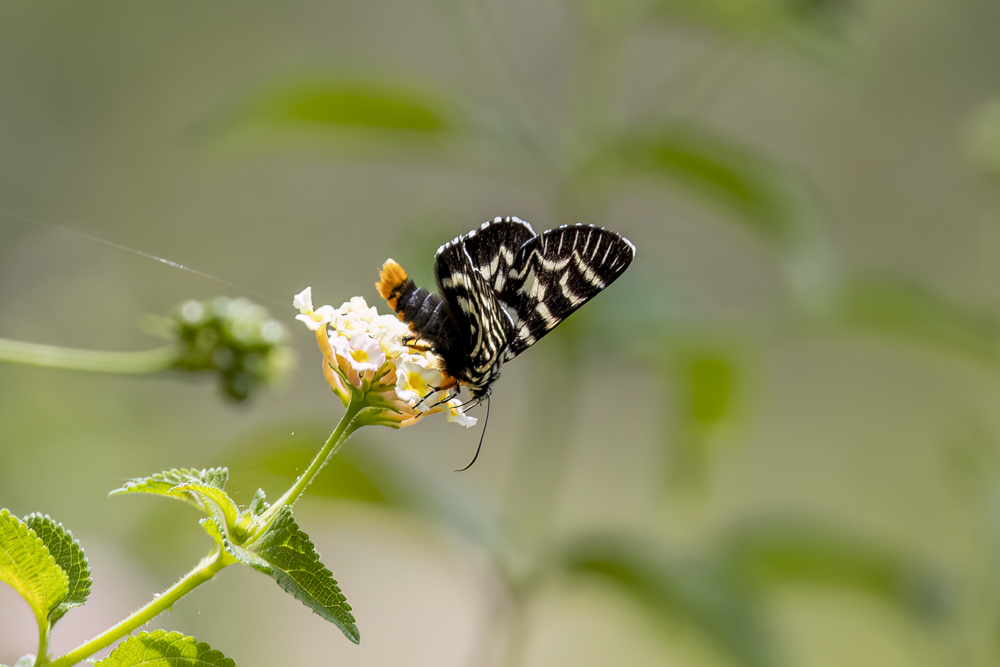
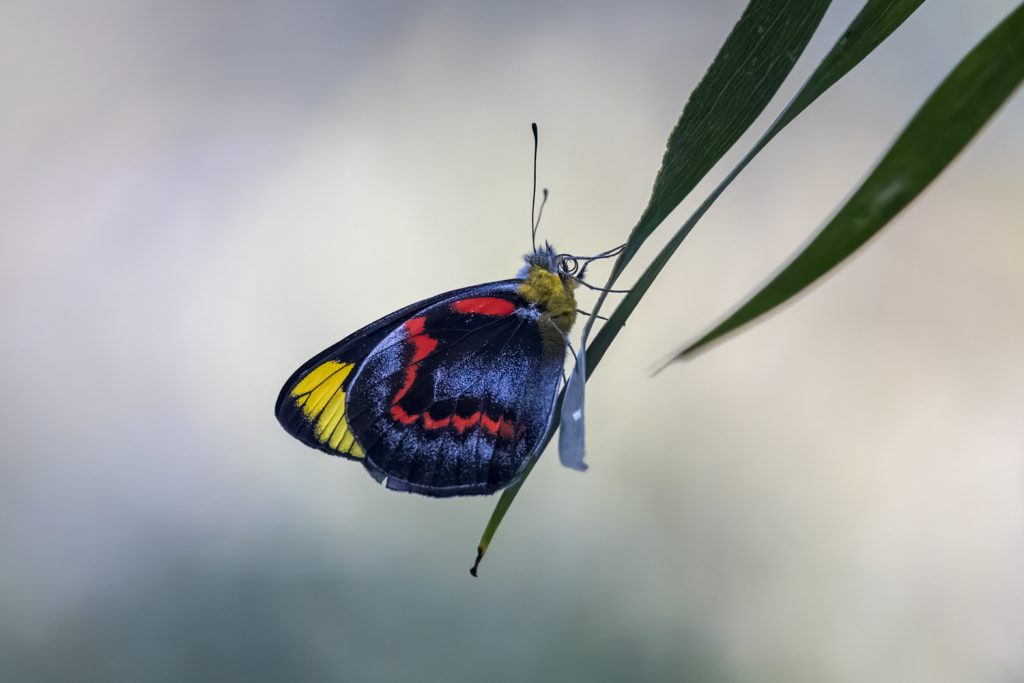
Delias nigrina – Black Jezebel
